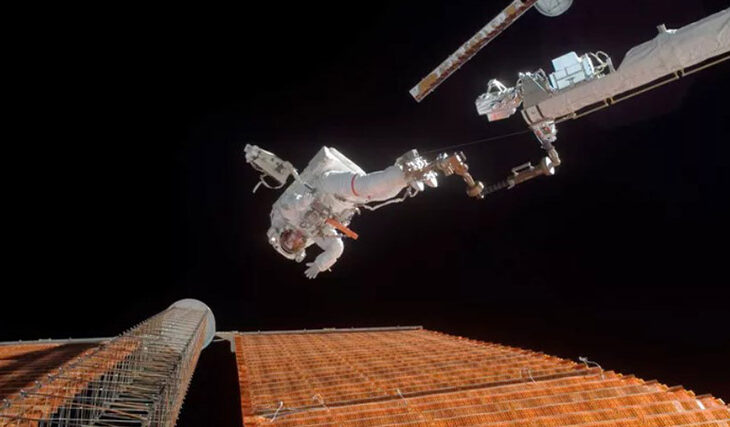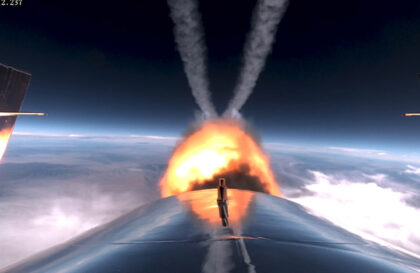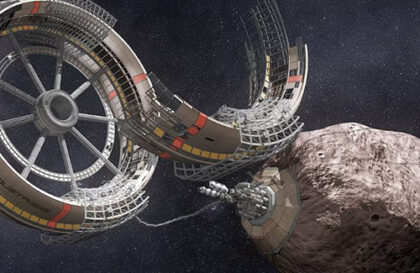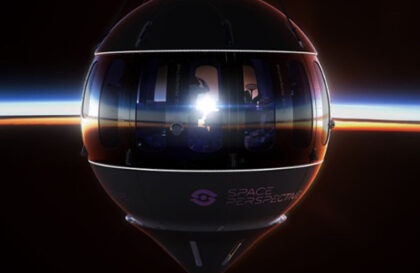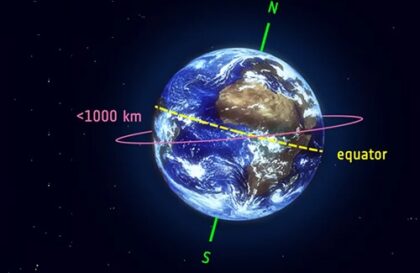Part of his liver was removed so he could fulfill his dream of space travel as a tourist. He mastered the skills of changing out of a space suit into special wetsuits to insulate himself in a confined space comparable to the two front seats of a Volkswagen. During his first training session, while he and his team were in a capsule floating on the ocean, they experienced overheating, forcing doctors to abort the mission.
Garriott de Caillet talks about a critical level of increase in heart rate and body temperature that could have caused severe medical damage if they had continued with the mission.
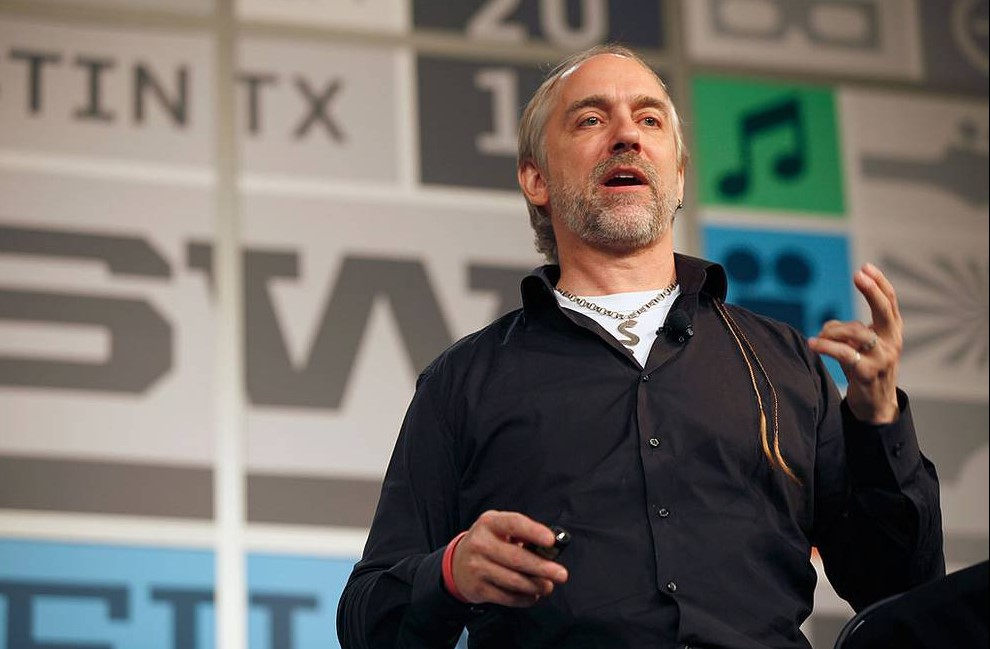
Richard Garriott de Cayeux says going to space was a “bit of a buzzkill.” Credit: Getty Images
He paid over $40 million for the opportunity to spend 12 days on the International Space Station, comparing the experience to something akin to suicide.
In his opinion, space tourists should be prepared for high discomfort.
Discomfort that can be treated with medication
Microgravity in space, while bringing the joy of free movement, causes physiological problems: changes in the flow of bodily fluids lead to swelling of the face and redness of the eyes. It feels like lying upside down on a children’s slide. It is accompanied by a severe runny nose and headache in the first days, which can be eliminated with regular medications such as aspirin.
In space, floating fluid in the inner ear causes disorientation, a sensation of falling when moving the head, and motion sickness. This perceptual discrepancy usually resolves within three days as the brain adapts. After returning to Earth, it takes another three days to adapt. This problem of space tourism can be treated with medication.
“My advice to them is to start treatment early and often,” says Garriott de Caillet.
Other physical problems
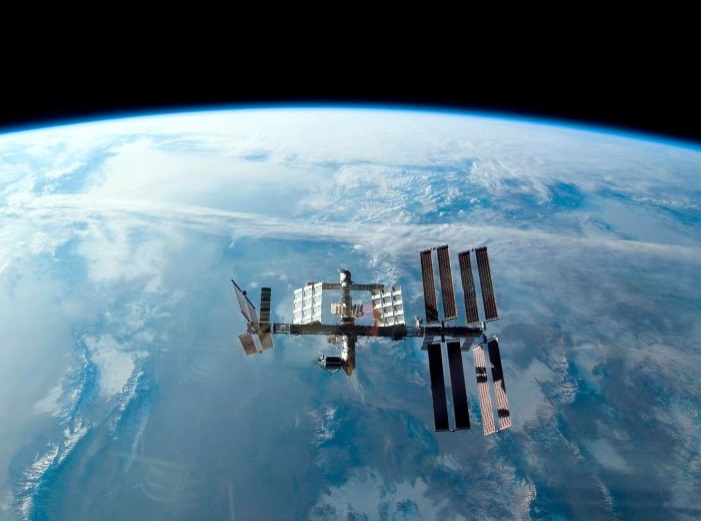
Richard Garriott de Cayeux paid $40 million to spend 12 days aboard the International Space Station. Credit: Getty Images
In space, in addition to muscle and bone atrophy, astronauts are exposed to radiation that causes bright visual effects that resemble flashes of light. Garriott de Caillet underwent a yeamustor the flight, where physical training was not the main thing. Space travelers must be in good physical shape, especially for activities in a spacesuit (an inflated spacesuit is difficult to bend), but otherwise, it is enough to be healthy.
SpaceX tourists will undergo detailed medical tests, as was the case with Garriott de Caillet, who was found to have a missing vein in one lobe of his liver. This lobe was removed to avoid bleeding in space.
The main emphasis for future space tourists will be on education and psychological preparation. Unlike a typical passenger flight, they must learn to operate all the ship’s equipment and be prepared for various malfunctions.
Garriott de Caillet’s team received disaster training, including sea survival. They prepared for scenarios where their capsule could remain at sea until rescued or begin to sink. He learned to change into special wetsuits in a cramped space similar to the size of the two front seats of a Volkswagen. During one of the training sessions in a capsule in the ocean, the team encountered body overheating and high heart rate. This endangered the health of the crew members. Medics were forced to abort the training, resulting in the mission being aborted due to health risks.
The most critical factor for space travel
Garriott de Caillet emphasizes the importance of grit for space travel, noting the need for confidence, a positive attitude, and a willingness to solve problems in crew members. From the beginning of training, each participant is assigned a psychologist to assess his suitability as a safe crew member.
Banner image: Credit: NASA
Image credit:
https://www.travelandleisure.com
https://www.nzherald.co.nz
https://www.nzherald.co.nz
